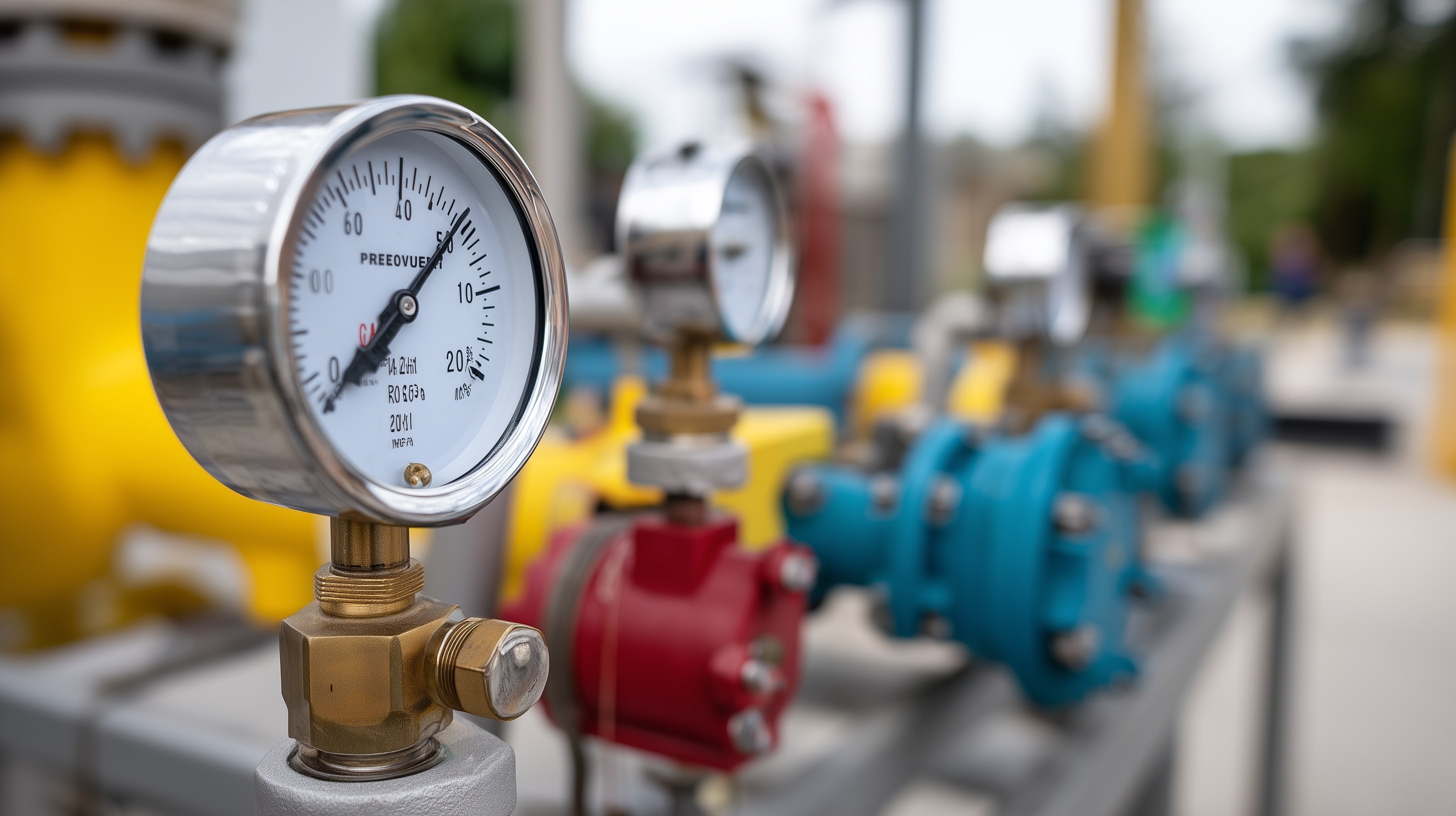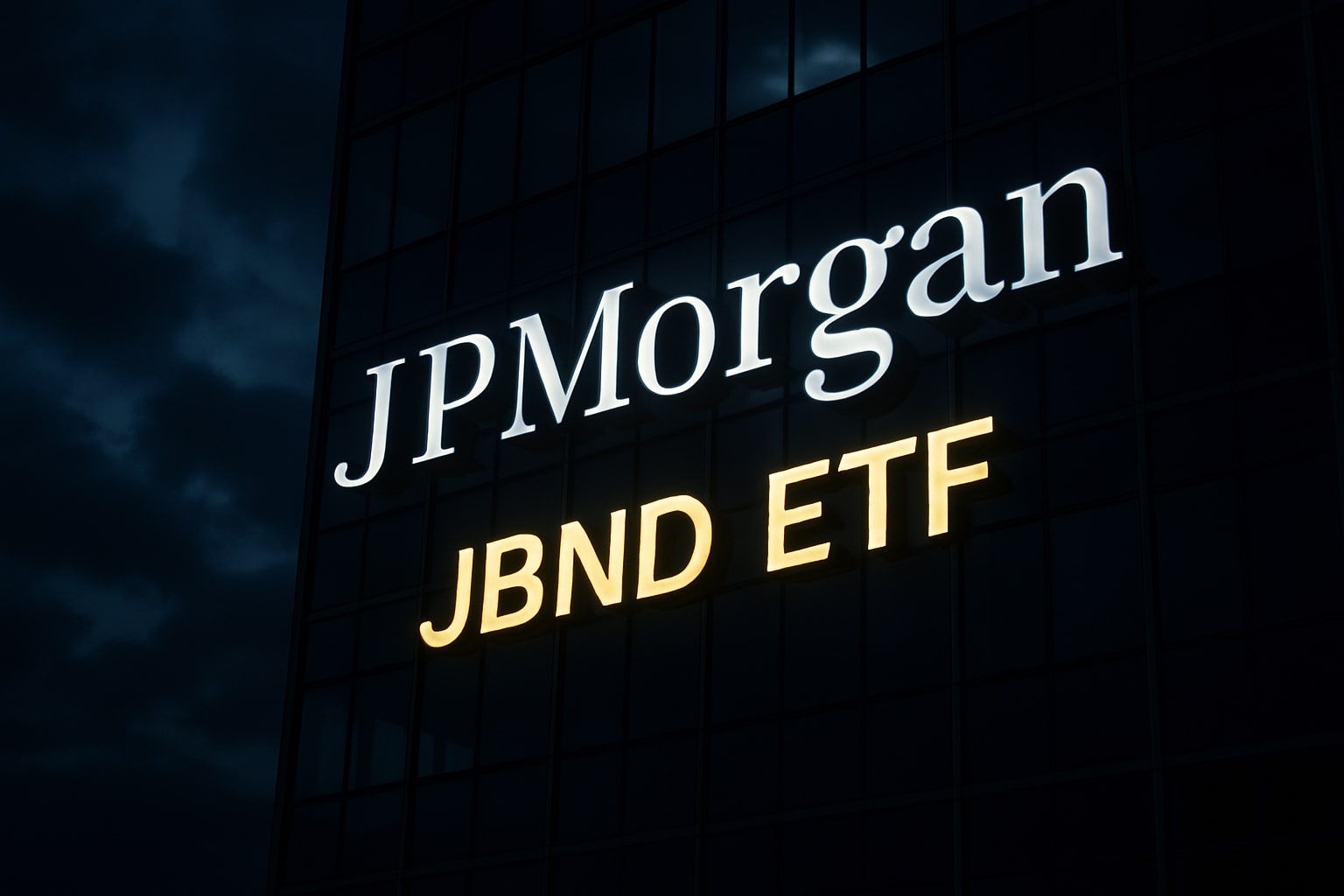
Natural Gas (NG=F) Steadies at $2.98 as Export Boom and Cold-Weather Outlook Ignite Bullish Setup
Natural Gas finds strong support at $2.89 with buyers reclaiming $2.95 confluence; LNG exports hit records, storage cushions thin, and rising U.S. electricity demand sets the stage for a winter rally above $3.40 | That's TradingNEWS
Natural Gas (NG=F) Prices Rebound from $2.89 as Supply Pressures Ease and Weather Outlook Tightens Market Balance
Natural Gas (NG=F) Holds Rising Channel Support, Reclaims $2.95 After Testing a Multi-Week Low
Natural gas prices are stabilizing after a turbulent week in global energy markets. Futures for Natural Gas (NG=F) rebounded from a corrective low of $2.89 per MMBtu, recovering to $2.98–$2.99 late Friday as traders defended a critical trendline along the lower boundary of the rising channel. The 50-day moving average near $3.02 capped the advance, marking the third consecutive week of rejection at this level. The rebound, however, signals that buyers remain active ahead of colder weather projections and potential supply disruptions that could challenge the market’s recent bearish sentiment.
Volume dynamics confirmed strong participation near the $2.90 zone, where a long-term anchored Volume Weighted Average Price (AVWAP) intersects with the 78.6% Fibonacci retracement. This zone represents a confluence of technical and fundamental support levels. Despite the ongoing struggle to reclaim the $3.02 ceiling, natural gas is tracking toward a solid weekly close in the upper third of the trading range, an early sign of base formation.
Technical Compression Forms Ahead of Heating Season: $3.02 Resistance Key for Trend Reversal
The technical landscape shows price compression between $2.89 and $3.02, where supply absorption patterns indicate reduced selling pressure. The 50-day average continues to act as the primary resistance — it’s the first sustained period below this line since late September. Momentum indicators such as the RSI at 44 and the MACD flattening near zero suggest sellers are losing dominance, creating conditions for a potential reversal if the $3.02 threshold breaks.
Short-term bulls are watching the $3.16–$3.17 cluster, where both the 10-day and 20-day moving averages converge with the rising channel’s midline. A decisive daily close above this range could trigger a momentum-driven extension toward the $3.30–$3.40 region, aligning with the upper trend boundary. Failure to break $3.02, however, could reopen a retest of $2.89 or even $2.80, both identified as liquidity catch zones in October’s futures data.
Broader Market Context: WTI and Brent Declines Amplify Pressure Across Energy Complex
The global energy complex faced broad weakness this week as West Texas Intermediate (WTI) fell $4.12 to $58.41 per barrel, and Brent crude (BZ=F) slipped $4.15 to $62.05 per barrel. These declines pulled short-term sentiment lower across commodity-linked assets, including natural gas. However, while oil’s weakness reflects softer global demand, gas dynamics remain primarily weather- and infrastructure-driven.
The Henry Hub benchmark dropped 33 cents to $2.99 per MMBtu, but the pace of the decline has slowed, signaling potential exhaustion in selling momentum. Seasonal consumption patterns are now entering a transition phase — shoulder-season demand is fading while heating demand starts to build, particularly across the Midwest and Northeast U.S. The National Oceanic and Atmospheric Administration (NOAA) projects below-average temperatures for late October, which could restore upward momentum if storage drawdowns accelerate.
Read More
-
JBND ETF Stabilizes Near $54.16 as Cooling Real Yields and Firm Credit Spreads Fuel a Stronger Outlook
13.11.2025 · TradingNEWS ArchiveStocks
-
XRPC ETF Roars Out of the Gate With $26M as XRPI at $13.51 and XRPR at $18.98 Lead a New XRP ETF Market Cycle
13.11.2025 · TradingNEWS ArchiveCrypto
-
Natural Gas Price Surges Toward Multi-Year Highs as $4.60 Breakout Collides With Winter Demand
13.11.2025 · TradingNEWS ArchiveCommodities
-
USD/JPY Price Forecast - Yen Surges Toward 155.00 as BoJ Uncertainty and U.S. Data Backlog Ignite a High-Risk Breakout
13.11.2025 · TradingNEWS ArchiveForex
Regional and Fundamental Dynamics: Iowa and Midwest Market Tightening Signals
In Iowa, residential natural gas averaged $2.99 per MMBtu at the Henry Hub equivalent, down 33 cents from last week. While statewide prices remain lower year-over-year, declining inventories could soon lift regional spot markets. The state’s heating fuel basket shows propane at $1.52 per gallon and heating oil at $3.00 per gallon, reflecting energy parity shifts that could nudge consumers back toward gas as a preferred option for cost efficiency.
Nationally, diesel fell 2 cents to $3.44 per gallon, with the U.S. average at $3.66. Despite these declines, gas markets remain underpinned by production discipline from U.S. shale operators. Output from the Appalachian and Permian basins remains just below 103 billion cubic feet per day, with several producers deferring completions due to narrow margins. The balance between steady production and upcoming demand growth suggests volatility could rise sharply into November.
Global Supply Chain Developments and LNG Export Impact
Internationally, LNG trends continue to shape the U.S. natural gas price structure. The Anadolu Agency reported spot natural gas in Turkey trading at 14,279.43 liras per 1,000 cubic meters, equivalent to $341.00 USD, illustrating the global price premium driving U.S. export flows. Turkey’s daily trade volume dropped 3.1% to 11.07 million liras, indicating tighter liquidity conditions.
The U.S. — now the largest global LNG exporter — has doubled its export capacity since 2022, with LNG terminals operating near record utilization. This export-driven demand supports domestic producers but simultaneously raises concerns about regional price volatility. The Energy Information Administration (EIA) projects benchmark Henry Hub prices to rise from $2.20 per MMBtu in 2024 to $4.10 in January 2026, driven by LNG offtake growth and steady power sector consumption.
Export terminals in the Gulf, particularly Freeport LNG and Sabine Pass, continue operating at high efficiency rates above 90%, sending more than 12 billion cubic feet per day abroad. This sustained export momentum is constraining U.S. inventories and anchoring the price floor near $2.80, even amid soft near-term demand.
Electricity Market Linkages: Rising Power Costs Tighten Gas-to-Grid Correlation
The Maine Monitor reports rising electricity costs across New England tied directly to natural gas prices. Over 42% of U.S. electricity generation relies on gas-fired plants, and the Maine Public Utilities Commission anticipates a 15% increase in power supply costs by early 2026, largely reflecting wholesale gas volatility. The average home electricity supply rate is now projected to rise by $8 per month, a direct pass-through effect from rising gas futures.
This gas-to-electricity linkage intensifies regional price sensitivity. As LNG exports expand, domestic availability for power generation decreases, reinforcing price spikes during peak consumption periods. The Energy Information Administration’s October forecast reinforces this pattern: residential gas prices are expected to mirror the climb in wholesale benchmarks, particularly through Q1 2026.
Natural Gas Storage, Weather, and Price Outlook
Storage data remains a critical swing factor. U.S. inventories currently sit 4% above the five-year average, but the cushion is thinning as injections slow. With colder temperatures projected for the Midwest and Northeast, storage withdrawals could begin earlier than usual this season. This timing aligns with tightening European inventories, which will likely boost export bids for LNG and intensify U.S. supply competition.
Technical models show the rising channel floor at $2.89 as immediate defense. If natural gas sustains weekly closes above $2.98, the rebound can extend toward $3.16 — the upper midline that converges with both the 10-day and 20-day averages. Beyond that, $3.30 represents a short-term target, where previous swing highs align with the channel’s upper quadrant. Should bearish pressure return, however, a break under $2.89 risks a slide toward $2.75 before stabilizing.
Macro Drivers and Policy Environment
Broader macroeconomic trends are beginning to influence energy sentiment. President Trump’s renewed emphasis on expanding U.S. fossil fuel exports — dubbed the “Golden Era of American Energy Dominance” — has accelerated LNG development but indirectly inflated domestic prices. The Institute for Energy Economics and Finance Analysis reported that export volumes now surpass half the total gas used for U.S. power generation, a structural shift reshaping pricing mechanics.
Meanwhile, critics such as AARP Maine warn that local consumers face affordability stress, as federal incentives for renewables fade and natural gas remains the marginal cost driver for most grids. Regulatory bottlenecks in New England pipelines persist, restricting inbound gas during peak winter periods and increasing reliance on costly LNG imports.
Technical and Sentiment Outlook Moving Forward
Natural gas remains range-bound for now, trading just below the $3.02 breakout line but showing signs of strengthening bid activity. Traders are closely monitoring Tuesday’s intersection of confluence lines at $2.95, a timing signal historically associated with directional reversals. Sustained closes above this pivot would confirm that buyers are regaining control.
If fundamentals align with cold weather and export continuity, NG=F could reclaim $3.16–$3.20, with an eventual path toward $3.40 if momentum accelerates into November. Conversely, a breakdown below $2.89 would invalidate the rebound and reopen the route toward $2.70, where deep value buyers are expected to re-emerge.
Final View: Controlled Accumulation Amid Structural Tightness
Natural gas sits at a critical inflection point. The energy complex is transitioning from a cyclical correction to a structural tightening phase. The interplay of LNG export demand, regional electricity costs, storage draws, and weather risk suggests that the downside is becoming limited. While short-term fluctuations persist, the broader setup favors medium-term accumulation.
Verdict: BUY — At $2.98, Natural Gas (NG=F) offers an attractive entry for risk-tolerant investors. The balance of factors — technical support, global supply tightening, rising electricity correlation, and export expansion — supports an upside trajectory toward $3.40–$3.50 over the coming quarter. Short-term caution remains warranted below $2.89, but the risk-to-reward structure now tilts decisively bullish as fundamentals shift toward constrained supply and elevated winter demand.



















